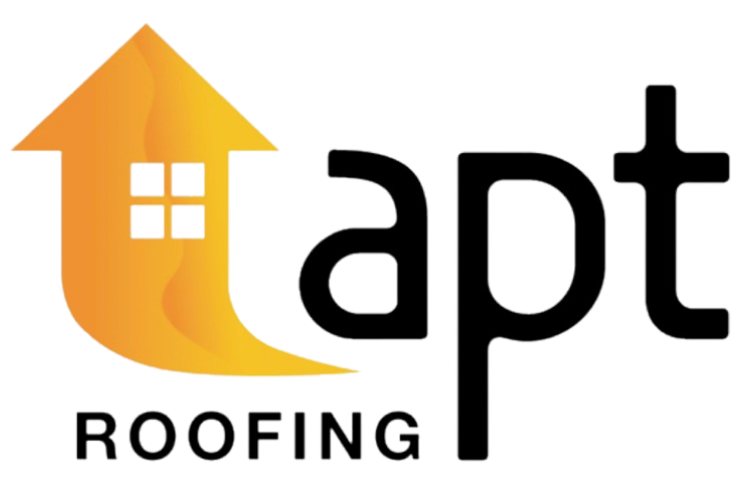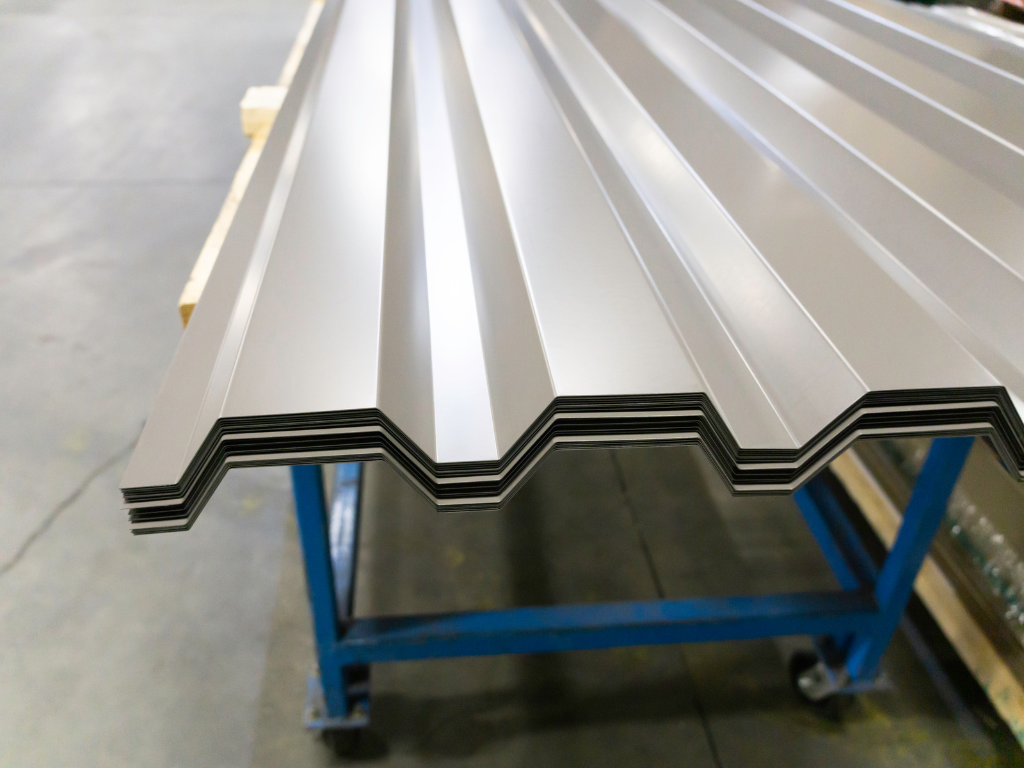Corrugated metal roofing consists of metal sheets that have been rolled to form a pattern of grooves and ridges, which enhances the strength and durability of the material. This type of roofing is known for its resilience, lightweight properties, and ease of installation. It’s typically made from steel, aluminum, or copper, each offering unique benefits in terms of cost, longevity, and appearance.
Brief History and Evolution of Corrugated Roof Sheeting
The use of corrugated metal roofing began in the 1820s in the UK and has since spread globally as a popular roofing solution for both residential and commercial buildings. Initially used predominantly in industrial settings, corrugated metal roofing has evolved in terms of materials and technology to meet a wide range of architectural styles and consumer needs, becoming a favored choice due to its durability and aesthetic versatility.
Key Advantages of Corrugated Metal Roofing
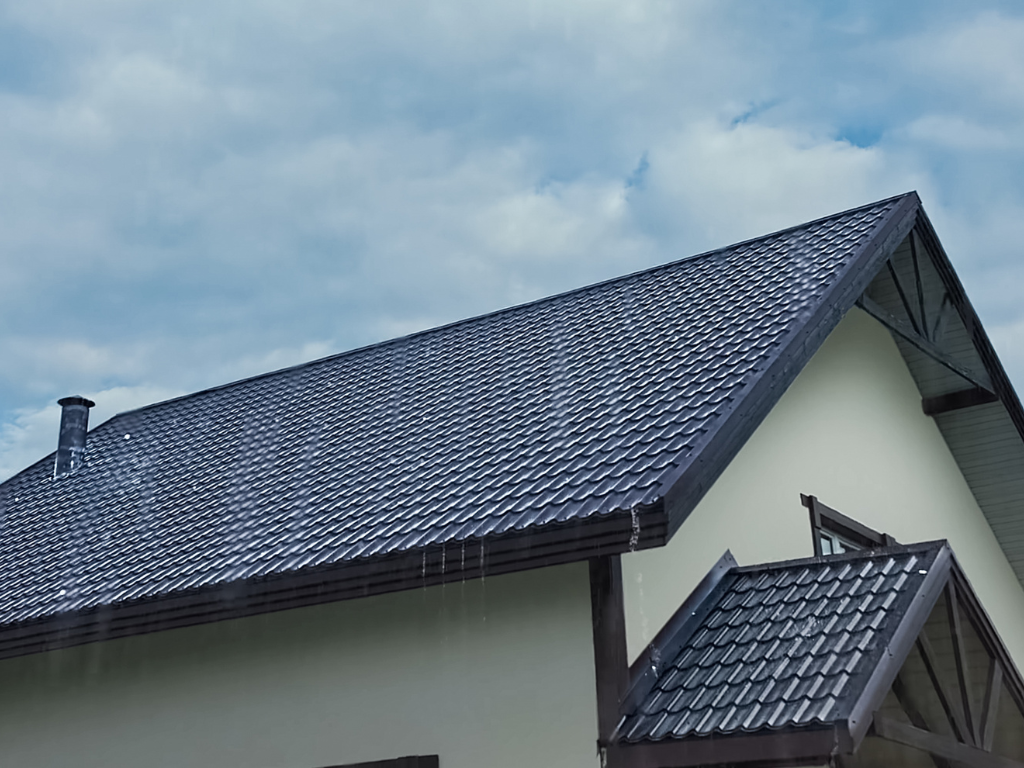
Durability and Lifespan: How Long Does Corrugated Roofing Last?
One of the most compelling reasons to choose corrugated metal roofing is its longevity. When properly installed and maintained, corrugated metal roofs can last 50 years or more, significantly outperforming traditional roofing materials like asphalt shingles. The durability stems from metal’s ability to resist various types of damage, including rot, mildew, insect infestations, and fire.
Weather Resistance: How Corrugated Metal Roofing Stands Up to Extreme Conditions
Corrugated roofing is exceptionally resilient against extreme weather conditions. Its interlocking design and sturdy construction allow it to withstand heavy rains, hailstorms, high winds, and even snow loads. The ridges and grooves in corrugated metal sheets channel water and snow efficiently, reducing the risk of water damage and the burden of heavy snow accumulation.
Maintenance: Ease of Upkeep Compared to Other Roofing Materials
Another advantage of corrugated metal roofing is its low maintenance requirements. Unlike other roofing materials that may require frequent repairs and replacements, corrugated roofs typically need only periodic inspections and cleaning to ensure that debris and any collected materials do not cause damage or blockages. This ease of maintenance not only saves time but also reduces long-term costs.
Energy Efficiency and Environmental Benefits
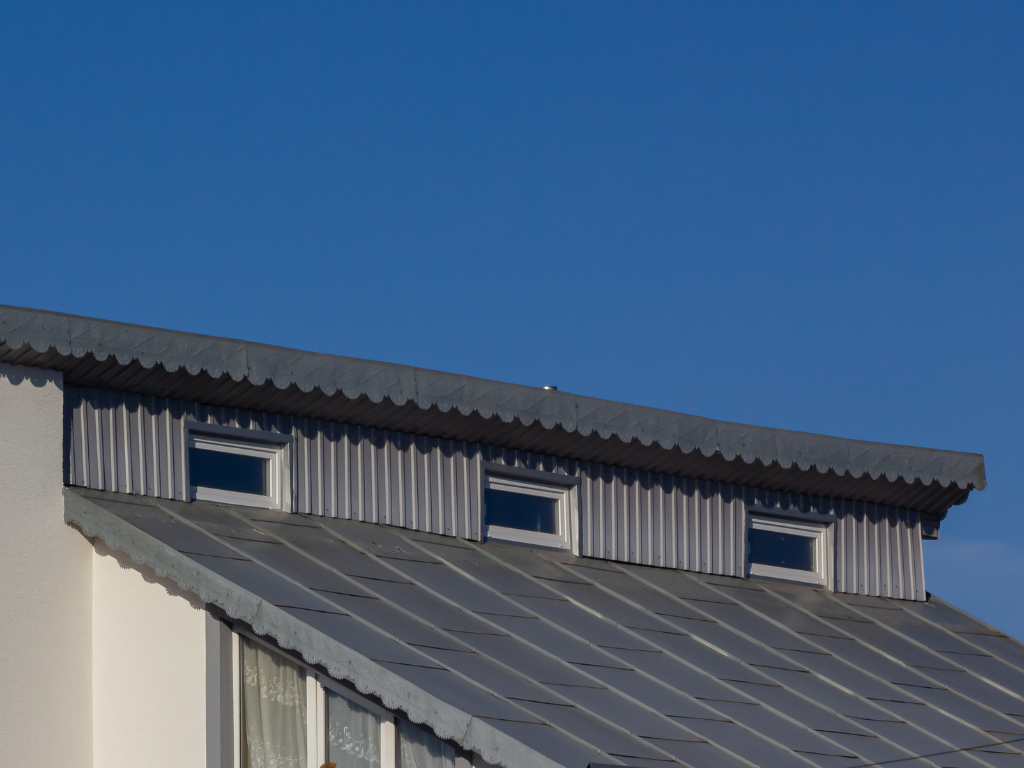
Thermal Properties of Corrugated Metal Roofing
Corrugated metal roofing reflects more sunlight than traditional roofing materials, reducing the amount of heat absorbed by a building. This reflective property can significantly decrease indoor temperatures, leading to lower cooling costs in warmer climates. Additionally, some metal roofs are treated with special reflective coatings to enhance their energy efficiency.
Impact on Heating and Cooling Costs in Various Climates
The energy efficiency of corrugated roofing translates into tangible reductions in heating and cooling costs across various climates. In hot climates, the reflective surfaces of metal roofs keep buildings cooler by reflecting solar radiation. In cooler climates, proper insulation with metal roofing can help keep heat within a home, reducing heating costs.
Sustainability: Recyclability and Environmental Footprint of Corrugated Roof Sheeting
Corrugated roofing sheeting is not only durable and energy-efficient but also highly sustainable. Metal roofing materials are 100% recyclable at the end of their life, contributing less waste to landfills compared to traditional roofing materials. Moreover, many corrugated metal roofs contain a significant percentage of recycled material, further reducing their environmental impact.
Cost-Effectiveness of Corrugated Metal Roofing
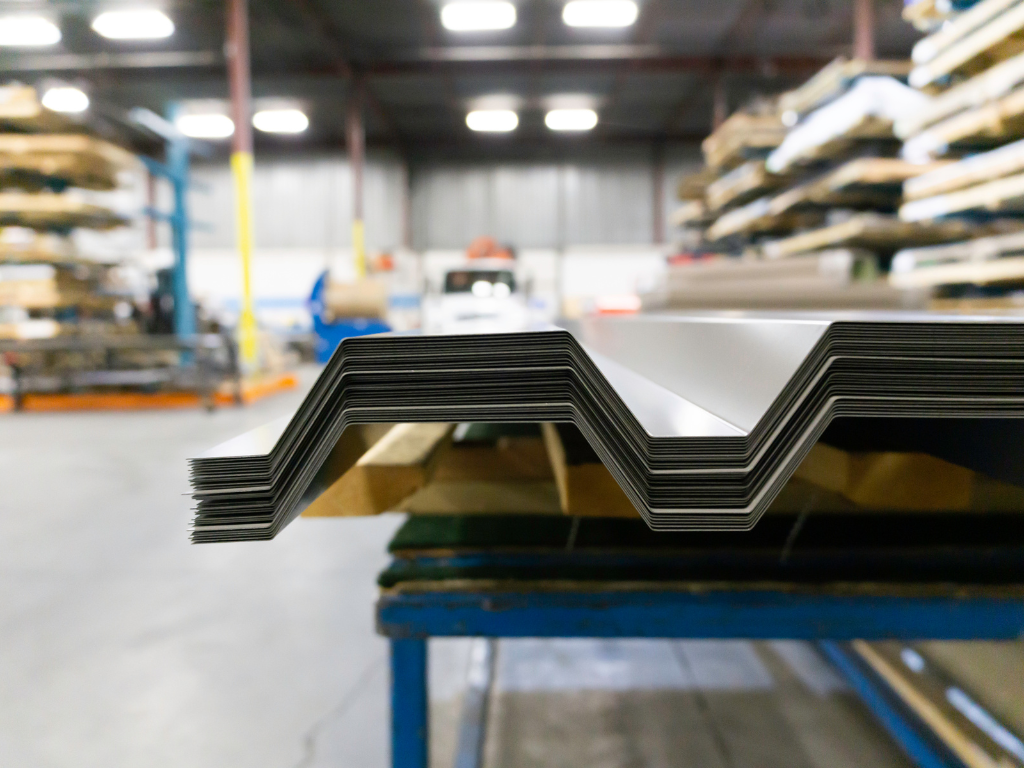
Initial Installation Costs vs. Long-Term Savings
While the initial installation cost of corrugated metal roofing may be higher than some traditional materials like asphalt shingles, the long-term savings are significant. Metal roofs offer superior durability and longevity, which means less frequent replacements. Over time, the minimal maintenance and repair costs, combined with the roof’s lifespan that can exceed 50 years, result in substantial savings.
Comparison of Corrugated Roofing Costs with Other Roofing Types
When compared to other roofing types, corrugated metal roofing offers a competitive edge due to its extended lifespan and durability. For instance, while tile and cedar shakes may offer similar aesthetic appeal, they often require more maintenance and may not provide the same level of fire or impact resistance. Additionally, metal roofing can be more cost-effective than premium materials like slate due to easier installation and less structural support required due to its lighter weight.
Potential for Insurance Discounts with Metal Roofing
Many homeowners may not realize that installing a metal roof can lead to insurance discounts. Insurance companies often recognize the superior durability and fire resistance of metal roofing, which can decrease the likelihood of damage during severe weather and fires. Homeowners should consult with their insurance providers to explore potential savings, which can further enhance the cost-effectiveness of a metal roof investment.
Aesthetic and Design Flexibility
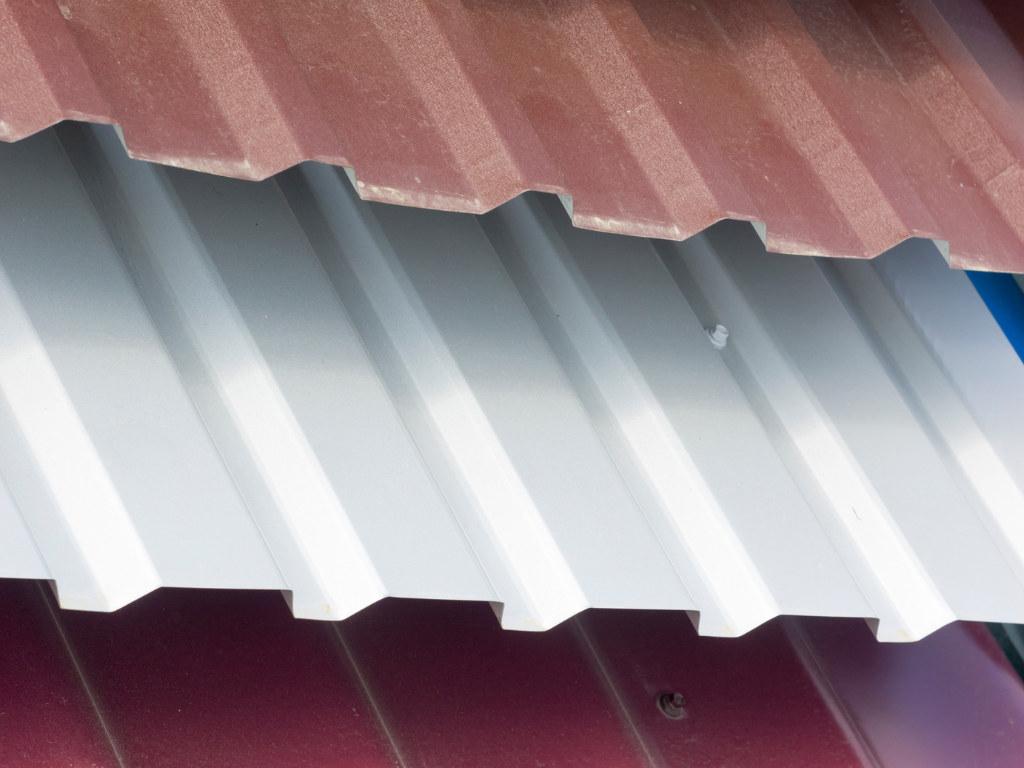
Variety of Styles and Colors in Corrugated Roofing
Corrugated metal roofing is not only functional but also versatile in its aesthetic appeal. It comes in a wide array of colors and finishes that can complement any architectural style, from traditional homes to modern commercial buildings. The availability of various coatings and finishes, such as matte, glossy, or textured, allows for further personalization to match any exterior décor or theme.
Customization Options for Corrugated Metal Roofing
The customization options for corrugated metal roofing extend beyond color and finish. Homeowners and designers can choose from different profiles, such as the classic rounded corrugated pattern or more contemporary squared profiles. These choices enable the roof to either stand out as a statement feature or blend seamlessly with the building’s design.
How Corrugated Roof Sheeting Enhances Architectural Design
Corrugated metal roofing can significantly enhance architectural design by adding texture and dimension to the exterior of a building. Its reflective properties can also play a role in the overall aesthetic, catching the light and changing subtly throughout the day and in different weather conditions. Architects often leverage these characteristics to create dynamic, visually engaging designs that are both beautiful and functional.
Safety Features of Corrugated Roofing
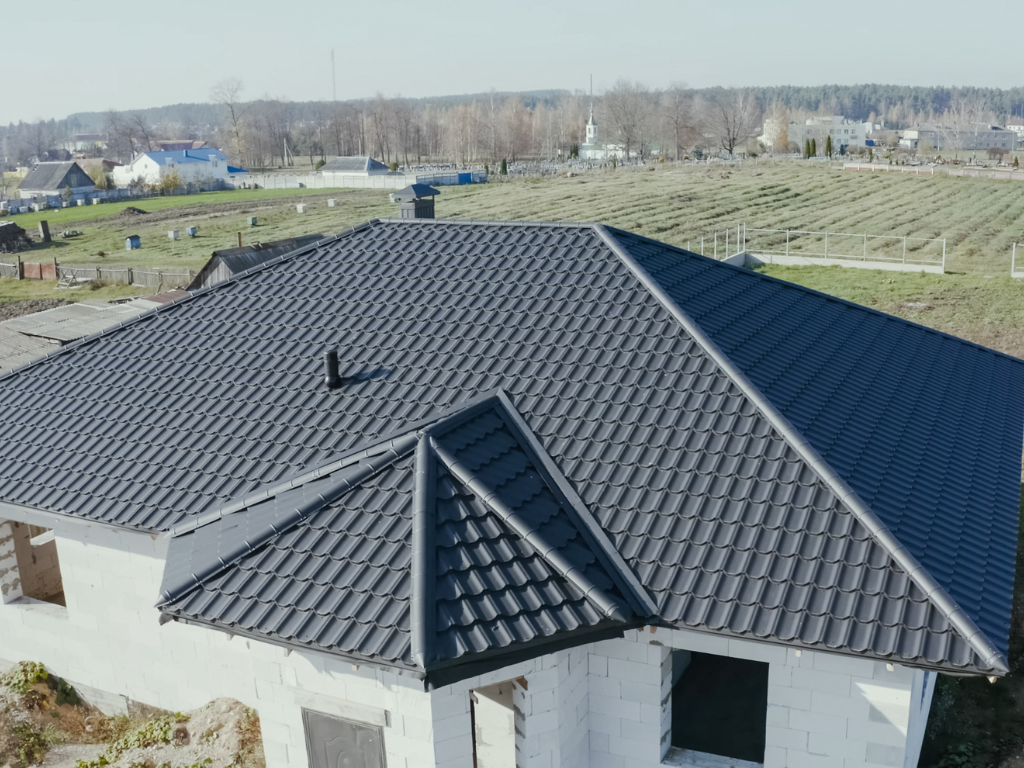
Fire Resistance and Protection Against Natural Disasters
Corrugated metal roofing is highly regarded for its excellent fire resistance. Metal roofs are non-combustible, typically receiving a Class A fire rating—the highest available. This makes them an ideal choice in areas prone to wildfires. In addition to fire safety, corrugated metal roofing offers enhanced protection against other natural disasters, such as hurricanes and severe storms, due to its strength and durability. Its ability to withstand extreme weather conditions minimizes the risk of damage, thereby protecting both the structure and its inhabitants.
Safety Benefits During Roof Installation and Maintenance
The safety benefits of corrugated metal roofing extend to its installation and maintenance processes. Metal roofing is relatively lightweight compared to materials like tile or slate, reducing the stress on the building structure and making the installation process safer for workers. Furthermore, the durability of metal decreases the frequency of roof maintenance, which reduces the risk associated with regular roof repairs.
How Corrugated Metal Roofing Contributes to Building Safety
Beyond its resistance to fire and weather, corrugated metal roofing also contributes to overall building safety by enhancing structural integrity. The interlocking design of corrugated panels provides added stability to the roof structure, helping it resist wind uplift and heavy loads such as snow accumulation. This feature ensures a safer environment for buildings located in diverse climates and geographical areas.
Conclusion
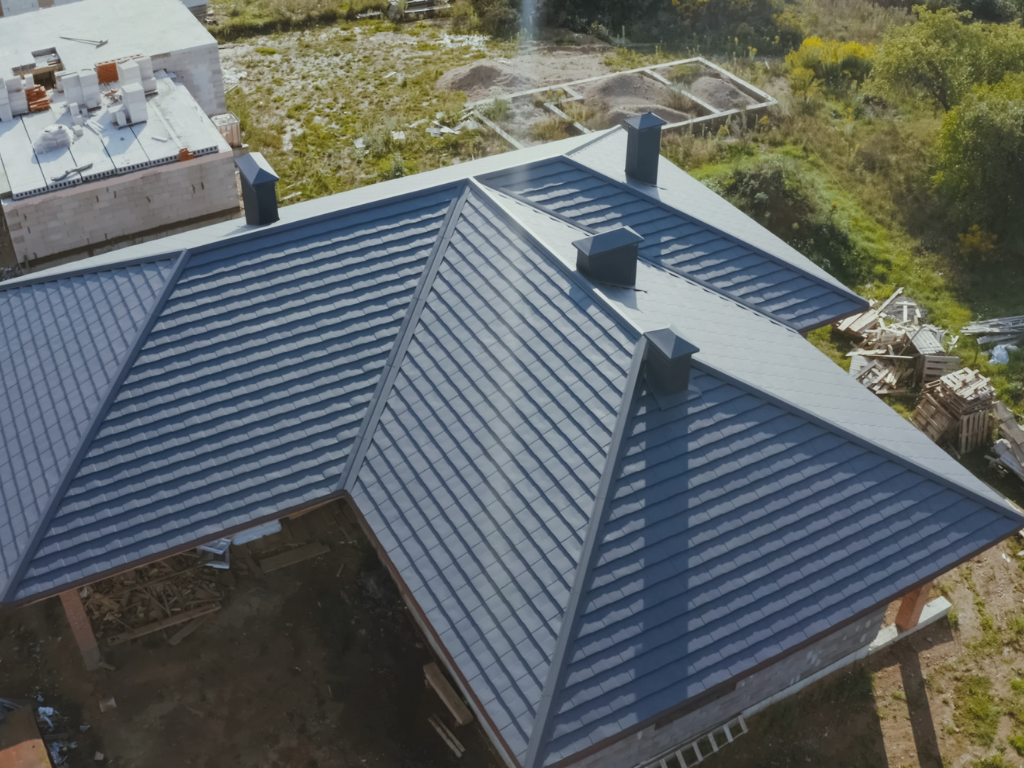
Recap of the Major Benefits of Corrugated Roof Sheeting
Corrugated metal roofing offers numerous advantages:
- Longevity and Durability: With a lifespan of up to 50 years or more, it far outlasts alternative materials.
- Energy Efficiency: Reflective properties contribute to reducing cooling costs.
- Low Maintenance: Requires less upkeep due to its durability and resistance to decay.
- Safety: Provides superior fire resistance and withstands severe weather conditions effectively.
Considerations for Choosing Corrugated Roofing Based on Location and Building Type
When considering corrugated metal roofing, it’s essential to evaluate your specific needs based on your location and the type of building. For instance, in areas with high snowfall, the lightweight and sturdy nature of metal roofing makes it an excellent choice. In hot climates, its reflective qualities can significantly cut energy costs.
Encouragement to Consult with Professionals for Personalized Advice
While the benefits of corrugated metal roofing are clear, it’s crucial to consult with roofing professionals who can provide personalized advice based on your particular circumstances. A professional can assess your home or building’s structure, local climate conditions, and aesthetic preferences to determine whether corrugated metal roofing is the best option for you.
